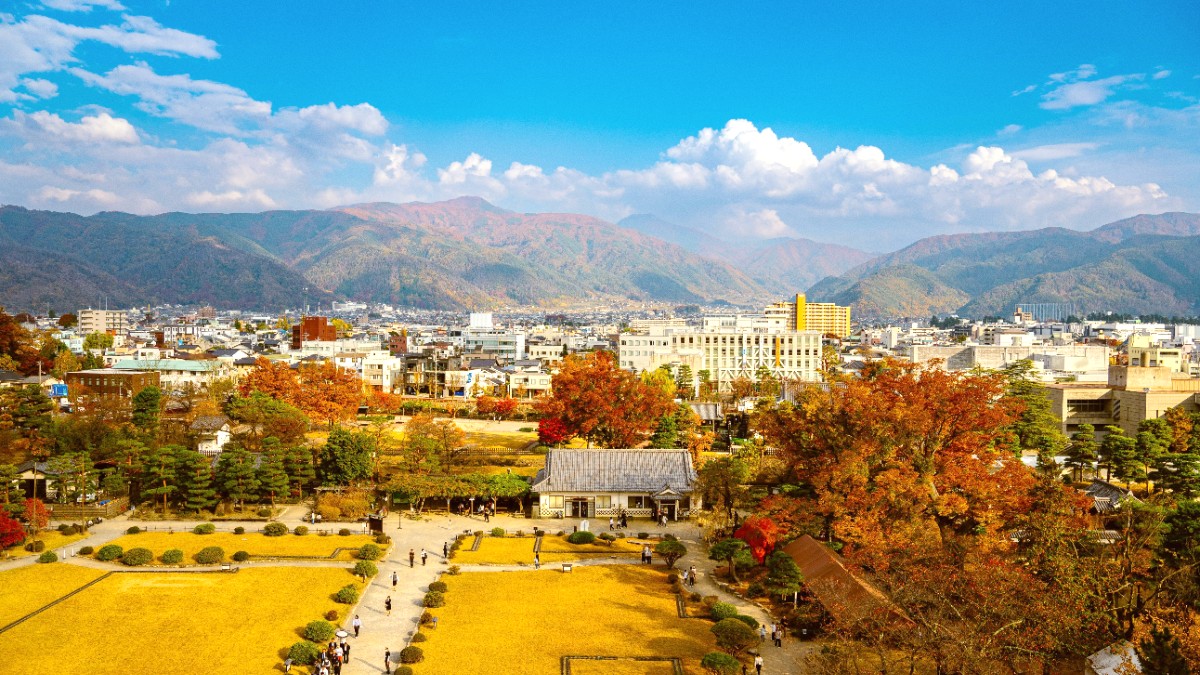
South Of Tokyo, Japan
Spring (March-May): Layers are useful. Pack long-sleeve shirts, light sweaters, and a Light jacket or cardigan for cooler mornings and evenings. Days are mild, but temperatures can drop after sunset.
Autumn (September-November): Layering is again common, similar to spring. Bring sweaters, light to medium jackets, and long-sleeve shirts. The weather is comfortable, but evenings become cool.
Comfortable walking shoes are absolutely necessary. You will do a lot of walking, especially when exploring temples, shrines, and shopping streets. Choose shoes with good support.
Waterproof shoes are advisable during the rainy season (June-July). They keep your feet dry during unexpected downpours. Sandals are suitable for summer, especially if you plan to visit the beaches.
Many traditional restaurants, temples, and homes ask you to remove your shoes upon entry. Shoes that slip on and off easily are convenient and show respect for local customs.
Keep your important documents organized and accessible. These items are fundamental for a smooth journey.
Japan uses Type A (two flat prongs) and Type B (two flat prongs with a round ground pin) outlets. The voltage is 100V. Frequency is 50Hz in East Japan (including Kamakura) and 60Hz in West Japan. A Universal travel adapter is advisable. Most modern electronics are dual voltage (100-240V) and function fine.
A lightweight Mirrorless camera or a good Smartphone camera captures Kamakura's beauty well. Bring extra batteries and sufficient memory cards. A Power bank is very useful; it keeps devices charged throughout the day.
Use cloud storage services like Google Drive or Dropbox for backing up photos and copies of your documents. This guards your data if devices are lost or stolen.
Consider a Virtual Private Network (VPN) for secure internet use on public Wi-Fi. NordVPN and ExpressVPN are popular choices for travelers seeking online security and privacy.
Prepare a small kit for common health needs. A destination-specific First aid kit is useful. Bring a sufficient supply of prescription medications for your entire trip. Keep them in original packaging with a copy of your prescription and doctor's note (English/Japanese). Check Japan's import regulations for specific medications.
Pack small amounts of common over-the-counter medications for colds, headaches, upset stomach, or motion sickness. Tap water in Kamakura is safe to drink; a reusable water bottle is useful for refilling. While most items are available in Japan, specific brands or specialty items might be harder to find. Pack travel-sized versions of your preferred shampoo, conditioner, toothpaste, etc.
If you plan to explore Kamakura's hiking trails, a Small daypack for water and snacks is useful.
Pack a Swimsuit if you plan to enjoy the beaches in summer. A Quick-drying towel is also practical.
No unique specialty items are necessary beyond general Travel gear. Enjoy Kamakura's specific charm using standard traveler's items.
These items add comfort and security. A Travel pillow, Eye mask, and Earplugs contribute to comfortable long train rides or flights. A Money belt or RFID-blocking wallet safeguards valuables like passport, cash, and credit cards. A Small padlock is useful for hostel lockers.
Many Japanese locals carry small hand towels for public restrooms, which often lack paper towels or hand dryers. Plenty of cash in small denominations is useful, as cash is often necessary for smaller shops, local eateries, and temple entries. Items that might be difficult or expensive to purchase locally include specific dietary foods (if you have strict needs), larger sizes of clothing or shoes (for those above typical Japanese sizes), or specialty toiletries. Plan accordingly if you have unique requirements.
Carry reusable bags and containers.
Refill from safe tap water.
Avoid single-use plastics where possible.
Walk, cycle, or use public transit.
Pack light but smart. Consider roll-packing for space savings. Utilize packing cubes for organization. Leave some room for souvenirs!
Always check weather forecasts closer to your departure. This will allow for last-minute adjustments to your clothing choices.